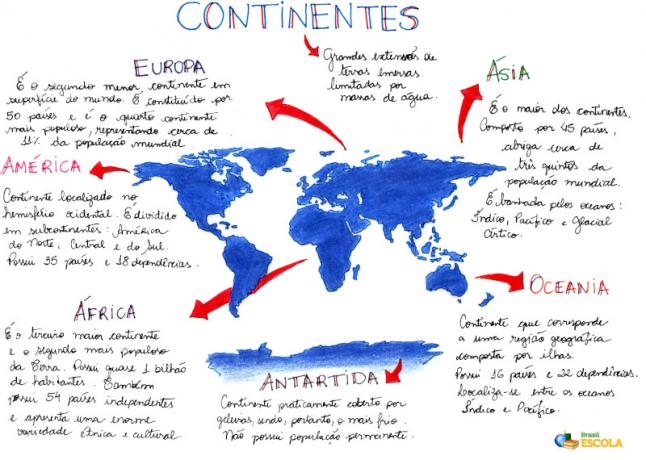A compass, also called a magnetic compass, is an object used for geographic orientation.
For a long time this instrument was used in navigation as a form of location, and until today it is considered one of the greatest inventions of mankind.

How Does the Compass Work?
By means of a magnetized needle placed horizontally, the compass is an object capable of locating the Cardinal points (North, south, east and west).
Therefore, it has in its interior the compass rose that indicates the cardinal, collateral and subcollateral points of the Earth.
That's because she works under the magnetism terrestrial, being attracted towards the poles of the planet.
The needle, suspended by the center of gravity, rotates according to the movements performed.
Note that it always points to the Earth's magnetic north pole. That's because the planet works like a huge magnet which exerts a force of attraction in that direction.
Did you know?
With a few simple objects you can build a low-precision homemade compass. Just have a magnet, a needle, a piece of Styrofoam (or cork), a tape and a bowl of water.
To magnetize the needle, just rub it for a few seconds on the magnet. Therefore, attach the needle to the Styrofoam or cork using the adhesive tape.
Finally, just put it in the water and see that the magnetized needle will align with the Earth's magnetic field indicating the north-south direction.

Illustration of a homemade compass
The first compass models were created in this most rudimentary way. That is, magnetized needles were placed in wood or corks that floated in a container with water.
See too:
- Wind rose
- Cardinal, collateral and subcollateral points
Compass Origin and History
The compass was probably created in China in the 1st century. Unlike what we know today, at that time the prototype compass was created with a square plate that represented the Earth. Underneath it was placed a sort of magnetite spoon.

The first compass created by the Chinese
Early on, this object was used in navigation and until today it has great importance in the studies of cartography and astronomy. It was later brought to Europe by the Arabs and taken to other parts of the world.
Already in the Middle Ages and the Renaissance it was a very well known instrument. It was she who allowed and facilitated the exploration of the new world at the time of great navigations.
In the 13th century, the Italian navigator and inventor Flavio Gioia contributed to the improvement of the compass. He used this system under a compass rose card, which indicated the cardinal points. For some, he is considered the inventor of the object.
However, it was only in the 19th century that the modern compass was developed. This is because the English inventor and physicist William Sturgeon built the first electromagnet in 1825.
From this, different types of compass were created. With current and technological advances it is now possible to have an online compass.
That is, through an application installed on a device (mobile phone, tablet, computer) the digital compass can be used by anyone who wants to find their way around.
Curiosities
- The term compass comes from Italian and means "small box"
- Compasses are protected by glass covers to prevent interference from other metals.
- Metal objects and electrical circuits can interfere with the compass function.
- The geographic pole is different from the Earth's magnetic pole. It is located about 1,930 km north of the magnetic pole.
- Magnetic declination represents an angle formed between magnetic and geographic north. The Bermuda Triangle is a place on the globe where magnetic declination occurs.

